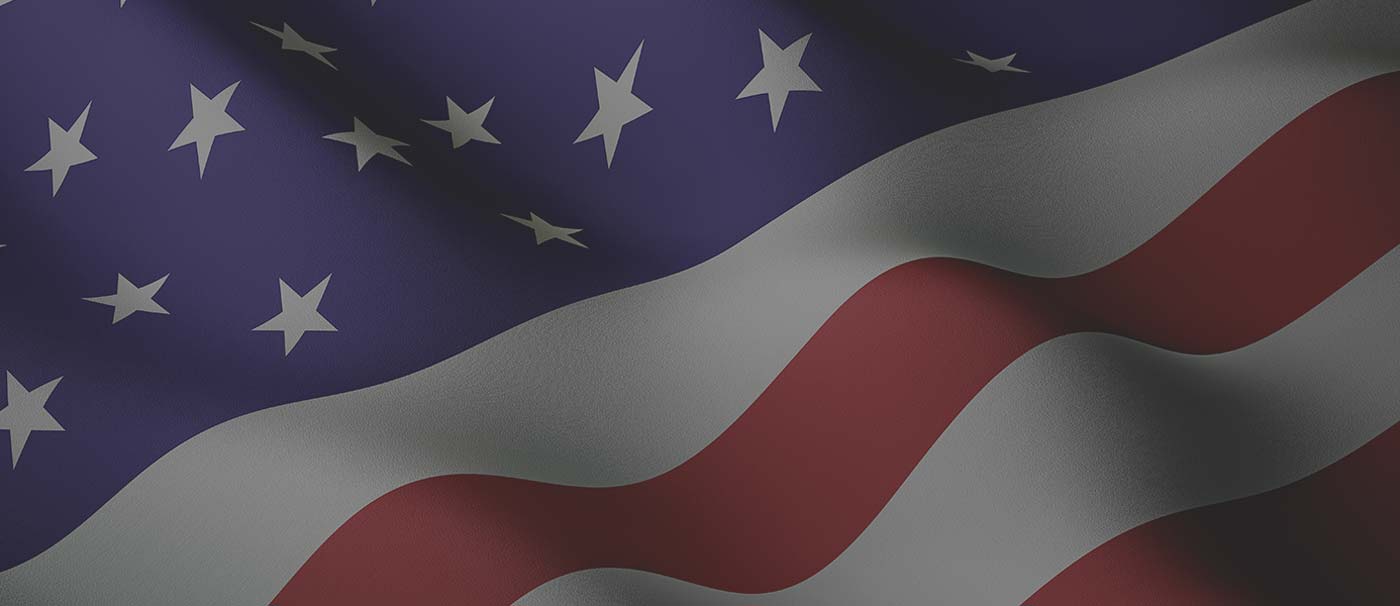Religious Freedom Restoration Act Overview
Legal/Regulatory Precedence and Rule of Law
- The Sherbert Test consists of four criteria to determine if an individual’s right to religious free exercise has been violated by the government:
- Criteria 1 – whether the person has a claim involving a sincere religious belief.
- Criteria 2 – whether the government action is a substantial burden on the person’s ability to act on that belief.
- If 1. and 2. above can be established, then the government must prove the following
- Criteria 3 – that the government is acting in furtherance of a “compelling state interest.
- Criteria 4 – that the government has pursued that interest in a manner deemed least restrictive or least burdensome to religion.
- In Wisconsin v. Yoder (1972), the U.S. Supreme Court found that Amish children could not be placed in compulsory education past the 8th and that parents had a fundamental right to freedom of religion.
- The ruling is cited as a basis for allowing parents’ rights to educate their children outside of traditional private or public school environments, such as with homeschooling.
- In Lyng v. Northwest Indian Cemetery Protective Association (1988), the U.S. Supreme Court ruled that the construction of a proposed road through sacred Native American grounds did not violate the First Amendment regardless of its effect on religious practice because it does not compel behavior contrary to religious belief.
- In Employment Division v. Smith (1990), the U.S. Supreme Court determined that the state could deny unemployment benefits to a person fired for violating a state prohibition on the use of peyote (a cactus-based hallucinogen) that was banned as a Schedule I substance.
- This ruling led to the development and subsequent passage of the Religious Freedom Restoration Act in 1993.
- The Smith decision outraged the public. Many groups came together, both liberal (American Civil Liberties Union) and conservative (Traditional Values Coalition), as well as other groups (Christian Legal Society, the American Jewish Congress, the Baptist Joint Committee for Religious Liberty, and the National Association of Evangelicals), who joined forces to support RFRA and reinstate the Sherbert Test.
- The RFRA was held unconstitutional as applied to the states in the City of Boerne v. Flores (1997) and not a proper exercise of Congress’s enforcement power. In 2000, Congress crafted an alternative route and enacted the Religious Land Use and Institutionalized Persons Act, in which it used the Spending Clause to require, for localities that receive federal funding, land use laws to accommodate religious freedom. This Act essentially legitimized the RFRA as if it had been constitutional.
- In Gonzales v. O Centro Espirita Beneficente Uniao do Vegetal, Congress confirmed the RFRA’s applicability to federal law because it has broad authority to carve out exemptions from federal laws and regulations that it itself has authorized.
- The case involved the Federal Government’s seizure of a sacramental tea, containing a Schedule I substance from a New Mexican branch of the Brazilian church União do Vegetal (UDV).
- The RFRA figured prominently in oral arguments in the case, Burwell v. Hobby Lobby, heard by the Supreme Court on March 25, 2014. In a 5-4 decision, Justice Alito stated that the RFRA did not just restore the law as before Smith, but contains a new regulation that allows opting out of federal law based on religious beliefs.
- The ruling stated that closely held corporations can not be required to provide contraception coverage under Obamacare if they had religious objectives. The IRS defines a closely held corporation as one that has more than 50 percent of the value of its outstanding stock owned (directly or indirectly) by five or fewer individuals and is not a personal service corporation.
 National Strategic Center
National Strategic Center 
 Join the movement in your state
Join the movement in your state  For APCN Members
For APCN Members 








